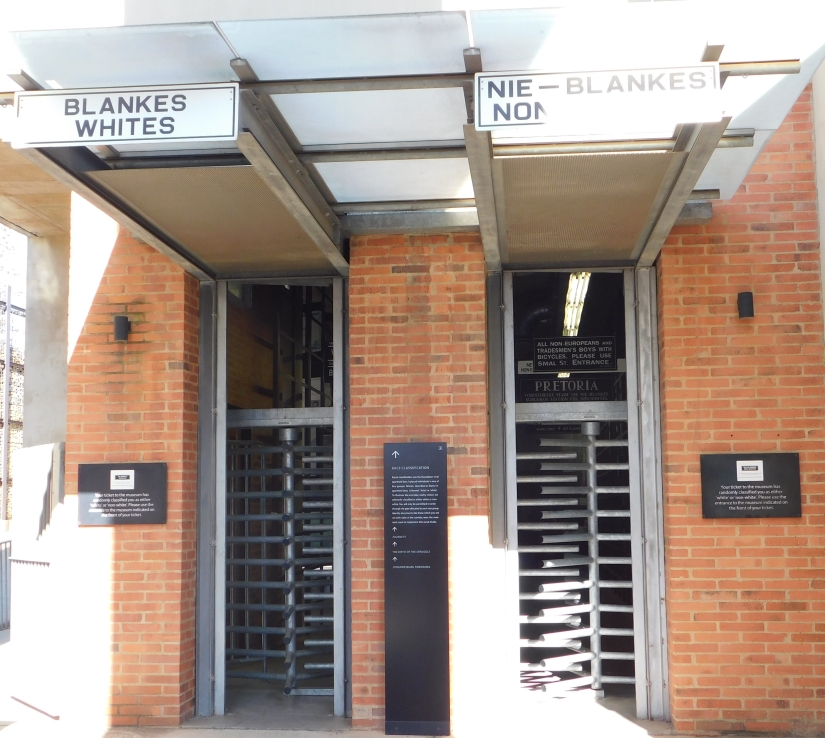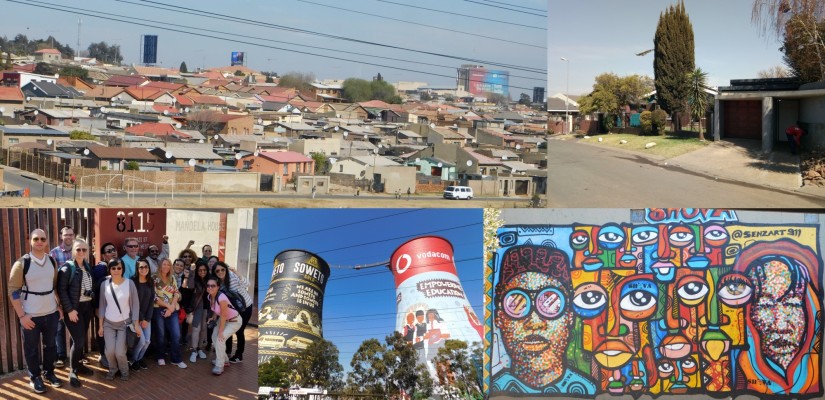
Well, here I am, and it has already been a week! Seems liek yesterday when I was rushing to complete my handovers and pack my bags! And what a week it has been in this beautiful and intriguing country!
We are a group of IBMers selected for the month long Corporate Service Corps assignment in Cape Town, South Africa, officially known as CSC#ZA20! So, we all finally met in person on Saturday morning after three months of having met each other virtually! And as it is generally the case with every deployment group, it was like "hey, long time! How have you been?" It was like meeting people not for the first time, but just after a while! We have a most amazing team and we cover 4 out of the 7 continents (Well, Africa, because we are already there, Antartica, because ...well, I am not sure if IBM has an office there!). One Autralia or New Zealander, and we could have them all! And what is most fascinating is that we bring together a cumulutaive of over 170 years of experience, as Sydney, IBM South Africa's Corporate Citizenship Manager pointed out at the kick off with the stakeholders.
We are a group of IBMers selected for the month long Corporate Service Corps assignment in Cape Town, South Africa, officially known as CSC#ZA20! So, we all finally met in person on Saturday morning after three months of having met each other virtually! And as it is generally the case with every deployment group, it was like "hey, long time! How have you been?" It was like meeting people not for the first time, but just after a while! We have a most amazing team and we cover 4 out of the 7 continents (Well, Africa, because we are already there, Antartica, because ...well, I am not sure if IBM has an office there!). One Autralia or New Zealander, and we could have them all! And what is most fascinating is that we bring together a cumulutaive of over 170 years of experience, as Sydney, IBM South Africa's Corporate Citizenship Manager pointed out at the kick off with the stakeholders.
You can’t be in Johannesburg and not go to the Apartheid Museum and Soweto! So, before catching our flight for Cape Town on the evening of 12th August, we all went there for a trip and what a trip it was! On our way, we crossed the Calabash FNB Stadium, renovated for the 2010 Soccer World cup. Interestingly the stadium is shaped like a Calabash bowl used widely among the local people of Gauteng to brew local beer. It even has the froth right on top!
The Apartheid Musuem is a must do for anyone who visits South Africa! Every exhibit and every structure out there tells a tale of the journey of a race and the struggle an entire nation went through to eliminate racial discrimination. There has been and will always be societal discrimination in every society because we civilized people essentially form our own cohorts based on a lot of economic and social conditions. But to turn an entire population into second or even third-class citizens based on their ethnicity and skin colour, is sheer CRIME!

South Africa, like many other colonized countries, managed to put years and years of sacrifice and protests to be able to change the condition. And the Apartheid Museum is a storehouse of all of those protests and a race’s unputdownable effort to prove their true claim to the country! Led by one man, a country managed to emerge from the darkness of an oppressed, exploited colony to one of the most thriving economies in the sub-continent! Ah! Madib’ omde (Xhosa for Hail! The tall Madiba!)

The next phase of our day tour took us to Soweto (another must visit if you are in Jo’burg). Established in the 1880’s with thousands of people from around the world and South Africa, flocking to the new town offering labour and money to add to the “Gold” industry, more than 50% of the population in Soweto is black, mostly living in multi-racial shanty towns around what had been the actual “GOLD” mines! Located in the Gauteng (most appropriately meaning “place of gold”) province, Soweto could be projected as the face of New South Africa, caught between prosperity and squalor on one hand and poverty and misery on the other hand. Known widely for the Soweto Uprising in 1976 when the community rose against the government’s policy to enforce education in Afrikaans instead of the native tongue. And it is right here in Soweto, on the Vilakazi Street that you come across the houses of Nelson Mandela and Archbishop Desmond Tutu. It is known to be the only street that has been home to two Nobel Laureates.

It is not really easy to stop talking about either Mandela or Soweto when you come to know more about the history and the society here in South Africa. But I can only write this much for the interest to sustain!

